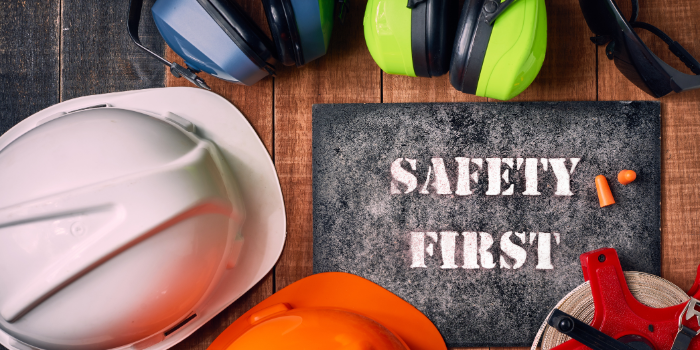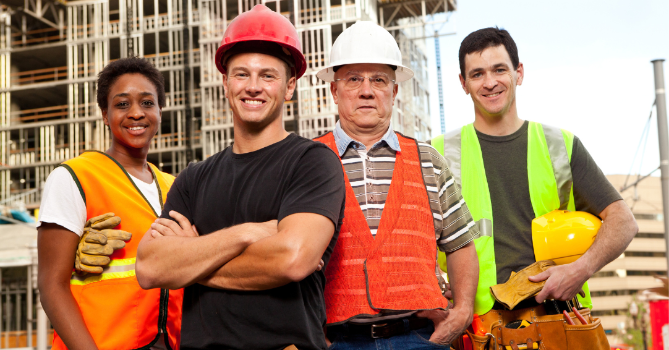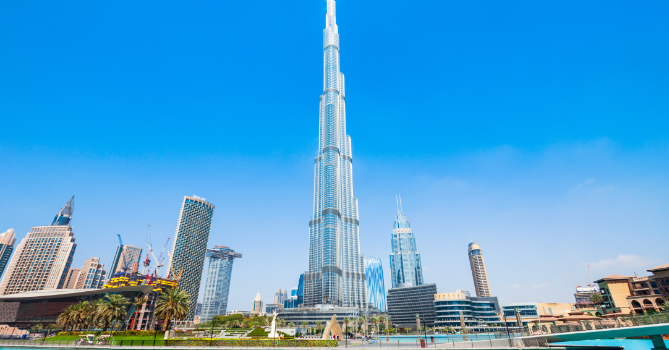
Ensuring Worker Well-being: BIM's Safety Solutions
Hey there! Ever wondered how technology is making construction sites safer for workers? Well, let's talk about BIM – Building Information Modeling. It's not just about fancy designs and blueprints. BIM is actually a superhero when it comes to keeping construction workers safe.
In this blog, we're diving deep into the world of BIM and how it's revolutionizing safety in construction. From identifying hazards to coordinating workflows, BIM is changing the game and making construction sites safer places to work.
But before we get into the details, let's take a moment to understand what BIM is all about. Don't worry – we'll keep it simple and easy to understand! So, grab your hard hat and let's explore how BIM is transforming safety in construction, one virtual model at a time. Ready? Let's dive in!
Absolutely! Here's the section on understanding BIM in construction safety:
BIM, or Building Information Modeling, is like the Swiss Army knife of construction safety. It's not just a fancy tool for architects and engineers – it's a game-changer for keeping workers safe on the job site.
So, what exactly is BIM? Think of it as a digital twin of a building. It's a virtual model that contains all the information about a construction project, from the design plans to the materials used to the schedules and timelines.
But here's where it gets really cool – BIM isn't just a static model. It's dynamic and interactive, allowing construction teams to visualize, simulate, and analyze every aspect of the project in real-time.
When it comes to safety, BIM is a lifesaver. It enables construction teams to identify potential hazards and risks before they become accidents waiting to happen. By simulating construction sequences and workflows, BIM helps teams anticipate and mitigate safety issues before they occur on the job site.
But that's not all – BIM also facilitates better communication and coordination among project stakeholders. With everyone working off the same digital model, there's less chance of misunderstandings or mistakes that could lead to accidents.

In short, BIM is like having a safety net for construction projects. It's a powerful tool for visualizing, analyzing, and managing safety-related data, helping construction teams create safer work environments for everyone involved. And that's something worth celebrating!
BIM, or Building Information Modeling, isn't just about creating pretty pictures – it's about keeping workers safe on the job site. Let's take a closer look at some of the advantages of using BIM for labor safety.
First and foremost, BIM enables proactive safety planning. By creating a digital model of the construction project, teams can identify potential hazards and risks before construction even begins. This allows them to develop safety protocols and procedures to address these issues upfront, minimizing the risk of accidents down the line.
Another advantage of BIM is clash detection. Because BIM integrates all aspects of the construction project into a single model, teams can identify conflicts and clashes between different building systems, such as plumbing, electrical, and structural elements. By resolving these clashes early on, teams can prevent accidents and delays during construction.
BIM also facilitates better communication and coordination among project stakeholders. With everyone working off the same digital model, there's less chance of misunderstandings or mistakes that could lead to accidents. This improved communication helps ensure that safety protocols are followed consistently throughout the project.
Furthermore, BIM enables real-time monitoring of safety metrics. By integrating data from sensors and other monitoring devices into the BIM model, teams can track safety performance indicators such as worker location, equipment usage, and environmental conditions. This allows them to identify potential safety issues as they arise and take corrective action before accidents occur.
In summary, BIM offers a host of advantages for labor safety in construction, including proactive safety planning, clash detection, improved communication and coordination, and real-time monitoring of safety metrics. By harnessing the power of BIM, construction teams can create safer work environments and reduce the risk of accidents on the job site.
Certainly! Here's the section on case studies showcasing BIM in action for labor safety:
Let's dive into some real-world examples of how BIM is making a difference in labor safety on construction sites.
First up, we have the San Francisco General Hospital project. During the construction of this complex healthcare facility, the project team utilized BIM to identify and mitigate safety hazards. By visualizing the construction process in 3D and simulating different scenarios, they were able to proactively address potential risks and ensure the safety of workers throughout the project.
Next, let's look at the Burj Khalifa in Dubai, the tallest building in the world. Throughout the construction of this iconic skyscraper, BIM played a crucial role in ensuring labor safety. By creating a digital model of the building and integrating safety protocols into the construction plan, the project team was able to minimize risks and accidents on the job site, despite the project's immense scale and complexity.

Moving on to the construction of the Crossrail project in London, BIM was instrumental in enhancing labor safety. This massive infrastructure project involved the construction of a new railway line beneath the city, presenting numerous safety challenges. By using BIM to visualize the underground construction process and coordinate activities with other trades, the project team was able to prevent accidents and ensure the safety of workers working in confined spaces.
Finally, let's consider the construction of the Apple Park campus in Cupertino, California. BIM was utilized extensively throughout the project to coordinate the construction activities of multiple contractors and trades. By creating a digital model of the campus and integrating safety data into the BIM platform, the project team was able to identify and address safety hazards in real-time, ensuring the safety of workers on-site.
These case studies demonstrate the versatility and effectiveness of BIM in enhancing labor safety on construction sites. By leveraging BIM technology, project teams can proactively identify and mitigate safety risks, creating safer work environments for everyone involved in the construction process.
Looking ahead, the future of BIM in labor safety is filled with exciting possibilities and advancements. One key trend is the integration of wearable technology with BIM platforms. Wearables such as smart helmets, vests, and glasses equipped with sensors can provide real-time data on worker movements, biometrics, and environmental conditions. By integrating this data into the BIM model, project teams can monitor worker safety more effectively and respond quickly to potential hazards.
Another emerging trend is the use of drones for safety inspections on construction sites. Equipped with cameras and sensors, drones can fly over job sites and capture high-resolution images and video footage. By integrating this data into the BIM model, project teams can identify safety hazards and monitor progress more efficiently, reducing the need for manual inspections and minimizing risks to workers.
Furthermore, the rise of artificial intelligence (AI) and machine learning is poised to revolutionize labor safety in construction. AI-powered algorithms can analyze vast amounts of data collected from sensors, drones, and other sources to identify patterns and predict potential safety risks. By leveraging these insights, project teams can proactively implement safety measures and prevent accidents before they occur.
In addition, advancements in virtual reality (VR) and augmented reality (AR) technology hold promise for enhancing safety training and simulation in construction. By immersing workers in realistic virtual environments, VR and AR can provide hands-on training experiences and simulate dangerous scenarios in a safe and controlled manner, helping workers develop critical safety skills and awareness.
In summary, the future of BIM in labor safety is marked by advancements in wearable technology, drones, AI, VR, and AR. By embracing these technologies, construction teams can create safer work environments and ensure the well-being of workers on job sites around the world.
In conclusion, BIM is not just a tool for creating digital models – it's a powerful ally in the quest for labor safety in construction. By leveraging BIM technology, project teams can proactively identify and mitigate safety hazards, improve communication and coordination, and create safer work environments for everyone involved.
As we look to the future, the potential of BIM in labor safety is limitless. With advancements in wearable technology, drones, artificial intelligence, virtual reality, and augmented reality, construction teams have more tools than ever to ensure the well-being of workers on job sites around the world.
Ultimately, BIM is not just about building structures – it's about building a safer, more sustainable future for generations to come. By embracing BIM and its capabilities, construction teams can make a positive impact on labor safety and create workplaces where everyone can thrive.